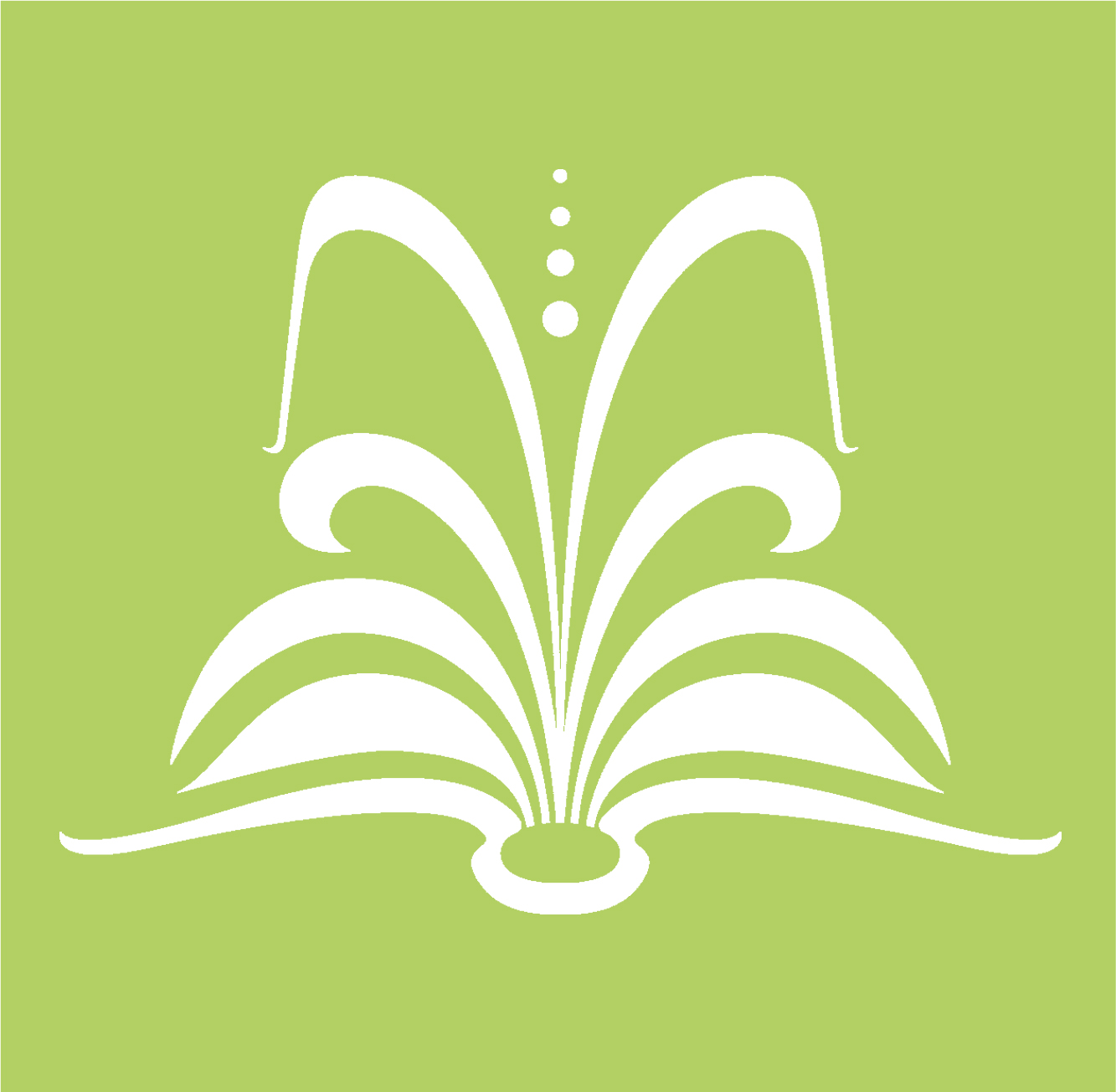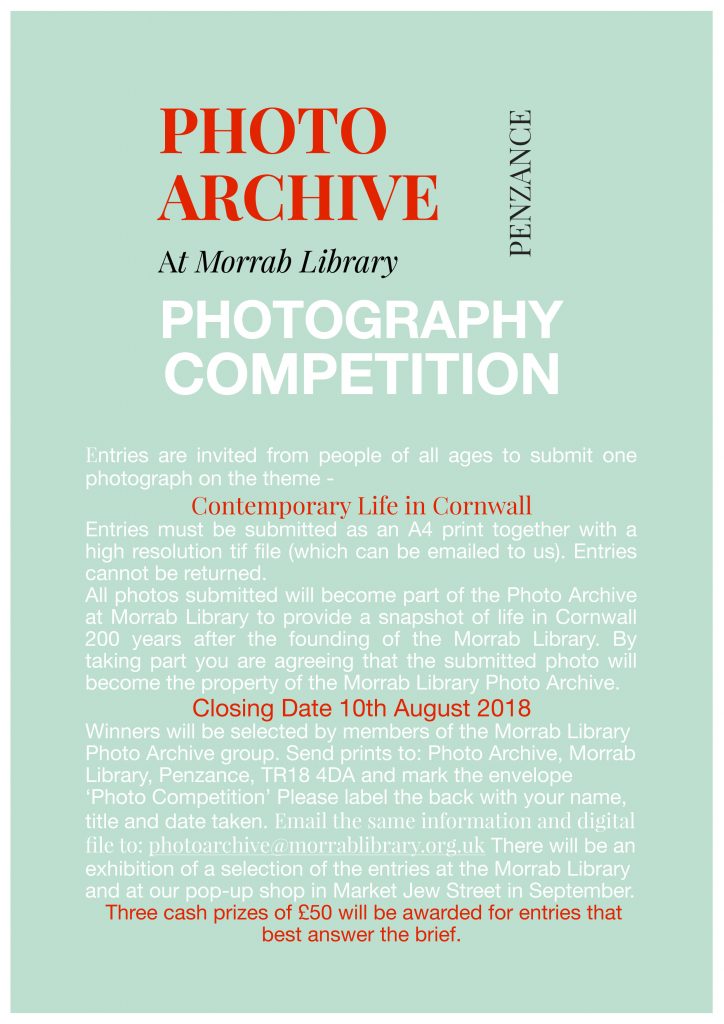by Lisa Di Tommaso | Jun 15, 2024 | Blog, Exhibition

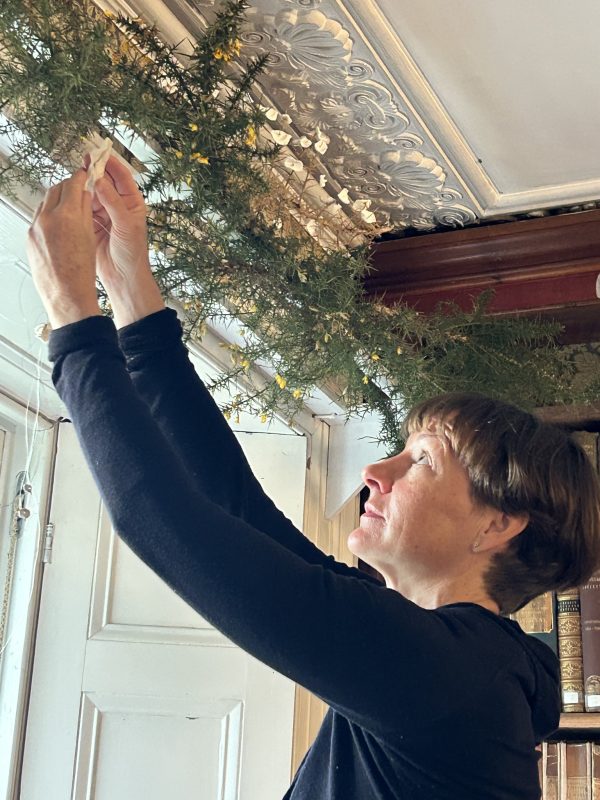
Artist Rebecca Harvey and poet Lucy Sparrow are joint Artists in Residence at The Morrab Library. Throughout the year, the pair are creating pieces in porcelain and poetry inspired by the library’s rooms, collections and atmosphere.
If you have visited the library recently, you may have paused on the staircase to read Lucy’s latest poem, ‘a living library’ which slinks along the stringer up to the top of the stairs. At each tread, a new line is added to the poem which grows as you climb, repeating itself in a calming refrain up to the landing, from which you can see the room where Lucy first drafted the piece.
Lucy says “‘a living library’ was written in the Poetry Room in The Morrab Library late one sunny afternoon in January 2024. In an armchair surrounded by shelves of books and art works, looking out through an enormous window into the surrounding garden, I felt an intense sense of serenity and connectedness.”
Through their residency Lucy and Rebecca seek to bring to life and shine attention on unexpected places around the building, illuminating quiet corners, treasured reading spots and places of contemplation.
Lucy adds, “The library, crammed with treasures and always welcoming, opens up as a safe yet stimulating space nurturing learning, creativity and reflection.” Through her poem she hopes to “convey the essence of the library, its energy and life revealed through presence and purpose, by the library staff, library members and visitors in this very special place.”
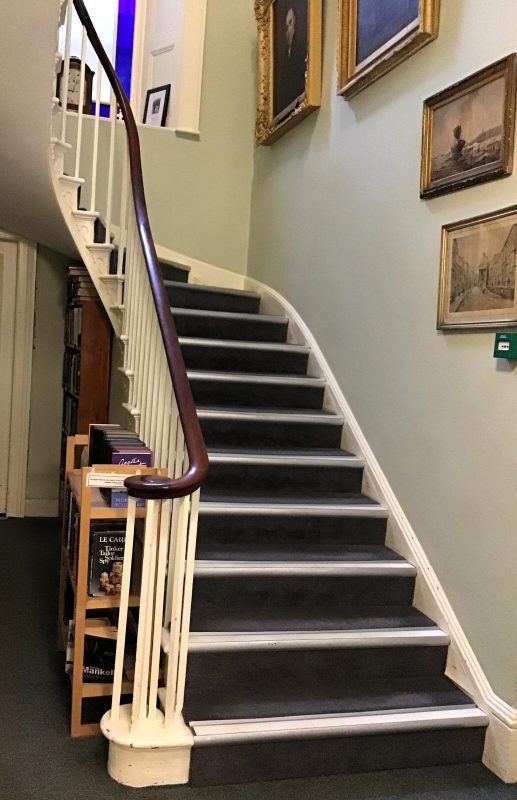

Lucy’s poem is depicted in another form by Rebecca Harvey’s work in the Rees Room, just off the landing. Rebecca works in porcelain and for this new piece she has painted with Cornish clay slip onto the glass panes and has written ‘a living library’ through the clay, letting the light stream through the words.
Sitting at the desk in the Rees Room, surrounded by French fiction, Pelican books and texts in a whole host of languages, you can look out of the window through the poem, or watch the afternoon light play through its letters.
Rebecca describes her process and the inspiration behind the piece below:
“At the top of the stairs I gravitate towards the intimate Rees room as it holds assorted memories of being the first that I spent time in with my young daughter after the first lockdown. The window invites a gaze towards the living life of Penzance, palm trees, close knit houses, sky and drifting interior thoughts.
The pane of glass echoes the page.
The materiality of locally dug kaolin references its granite source and traditional use in paper making.
Textures of brushstrokes soaked in clay, are drawn across the transparent glass and slightly conceal the exterior.
Energy held in the edges of the brushmarks are left, partly inspired by the slightly torn and ruffled edges of a WH Davies book. This book is so beautifully illustrated and belonged to a member of the The Penwith Local History Group who are researching a creative Hilda Quick collection held in the archives.
A sequential gesture of the handwritten words holds the fluid rhythm and pattern which are revealed through the transparency of glass.

Like the poem this understated composition has taken on many permeations before arriving with a somewhat simple interpretation of ‘A Living Library”.”
Lucy and Rebecca’s previous pieces were installed in the Reading Room and you can read about their work in our previous blog post. This summer, Lucy’s poem guides the library visitor gently up from the ground floor and Rebecca’s next porcelain installation can be found in the Rees Room window (upstairs). You can also pick up a copy of Lucy’s poem to take home from the table on the landing.
The installations are open for members and non-members alike to visit during Library opening hours (10-4, Tuesday-Saturday).
by admin | Mar 19, 2019 | Blog, Exhibition
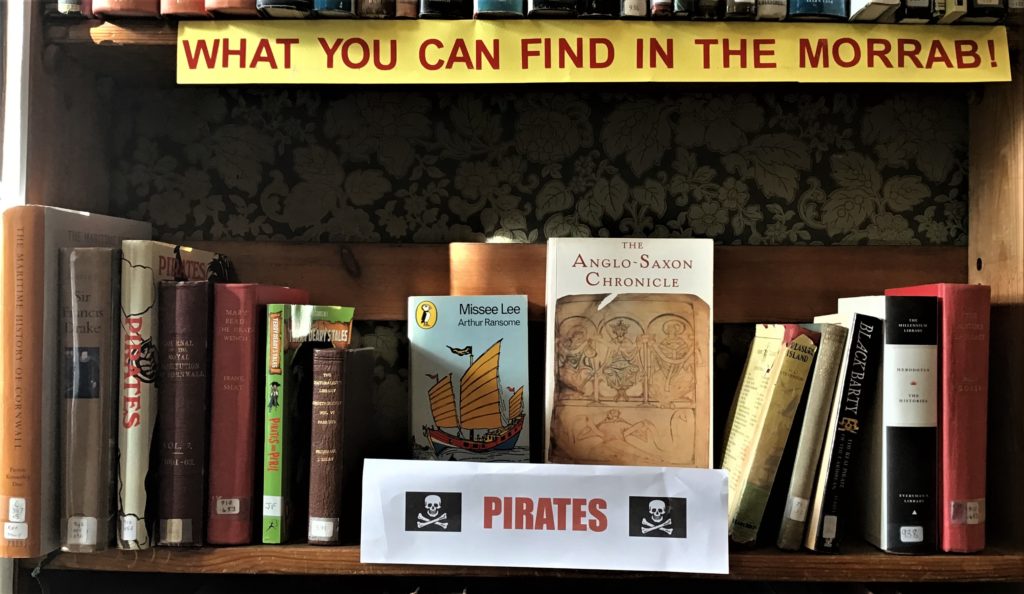
What you can find in the Morrab Library
If you go through the green baize door into the Reading Room at the Morrab Library, you will see in front of you a shelf with the title “WHAT YOU CAN FIND IN THE MORRAB” The selection of books displayed will change approximately every month. It is intended to demonstrate the wide range of material that the Library holds.
This month’s theme is “Writers and Piracy”
Piracy is as old as history and as wide as the ocean. We have all heard of the pirates of the Caribbean, but what of the Barbary coast, the South China Sea, the Indian Ocean? Where there is water there is piracy. For some reason, pirates have been given a romantic image; they share it with highwaymen and some of the more colourful modern villains. That the reality was bloody, vicious and horrible has not put us off. These books show both sides of the story.
Treasure Island by Robert Louis Stevenson: Truly iconic, because it creates the image of the traditional pirate, wooden leg, eye patch, parrot on the shoulder, yo-ho-ho and a bottle of rum. Read it again, the true story is much darker and deserves its status as a classic.
Edward Lear’s Illustrations of the Family of the Psittacidae: Well, why not? Lear’s beautiful pictures of parrots are a joy. Any one of them would grace the shoulder of the blackest pirate.
Philip Gosse’s History of Piracy: He of the son of the son of “Father and Son” and wrote a comprehensive history of piracy, dating from B.C. and covering the globe. A good place to start.
Pirates by David Mitchell. One for the teenagers who want to buckle their swash.
Histories of Herodotus: This tells us of Dionysius the Phocean who started life as a soldier but got bored with peace and specialised in attacking Carthaginian shipping.
The Anglo-Saxon Chronicle: Were the Vikings pirates? By a strict definition, no; piracy takes place on the high seas and between ships. The Vikings plundered isolated settlements such as monasteries, but their victims called them pirates, and they should know.
W.S.Gilbert’s Pirates of Penzance Included purely for alliteration – our town is named only once in the libretto, but ah my foes and oh my friends, it gives a lovely light. Just think, it might have been Penge.
Aubrey Burl: Better known for his books on the standing stones of Britain, Burl has produced a well documented and splendidly titled book Black Bart. Bartholomew Roberts, a pirate whose extraordinary career out-fictions fiction.
Frank Shay – Mary Read, the pirate wench: Women were pirates too. This is a fictionalised account of a true story of two ladies (Anne Bonney was the other) who were every bit as resourceful and bloodthirsty as their male colleagues.
Harry Kelsey – Sir Francis Drake, the Queen’s Pirate. Drake was a privateer, a licensed pirate in that he operated under letters of marque from the government. Thus entitled to seize enemy shipping, he tended to interpret the rules rather liberally, but this did not prevent him from making a major contribution to Queen Elizabeth’s treasury.
Philip Payton (ed.) – The Maritime History of Cornwall: For centuries the only practical way of getting to and from Cornwall was by sea; there were no roads to speak of, and coastal traffic was the county’s lifeline. The book tells how the lifeline was seriously threatened by pirates, from the North-West coast of Africa, the Barbary Coast. Cornwall’s home grown pirates were numerous and well protected by the community. This blog is too short to list them but Lady Mary Killigrew must represent them – spoiler alert- she got away with it.
Arthur Ramsome’s Missee Lee: I make no apology for reintroducing my favourite fictional character. What better than a Cambridge educated female Chinese pirate with a penchant for Frank Cooper’s Oxford marmalade?!
Martin Crossfil
former Honorary Librarian
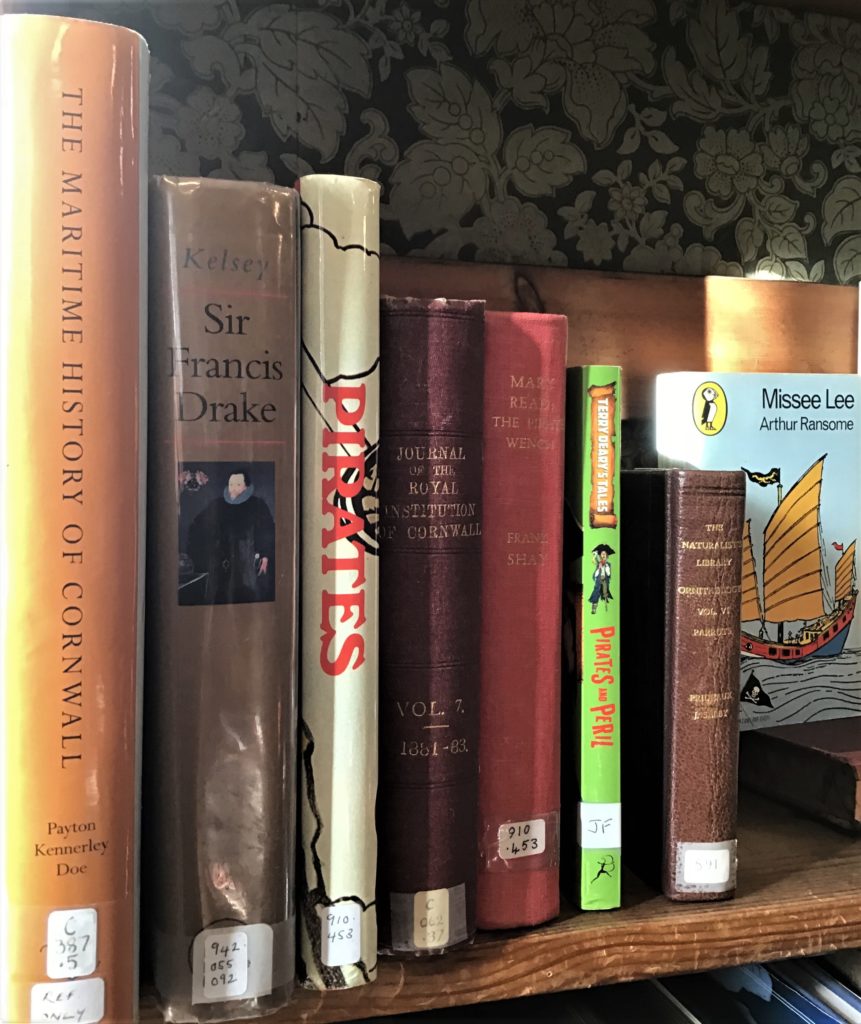
by admin | Dec 15, 2018 | Blog, Exhibition, Morrab Library
If you go through the green baize door into the Reading Room at the Morrab Library, you will see in front of you a shelf with the title “What you can find in the Morrab” The selection of books displayed will change approximately every month. It is intended to demonstrate the wide range of material that the Library holds.
This month’s theme is “BOOKS WRITTEN IN JAIL”
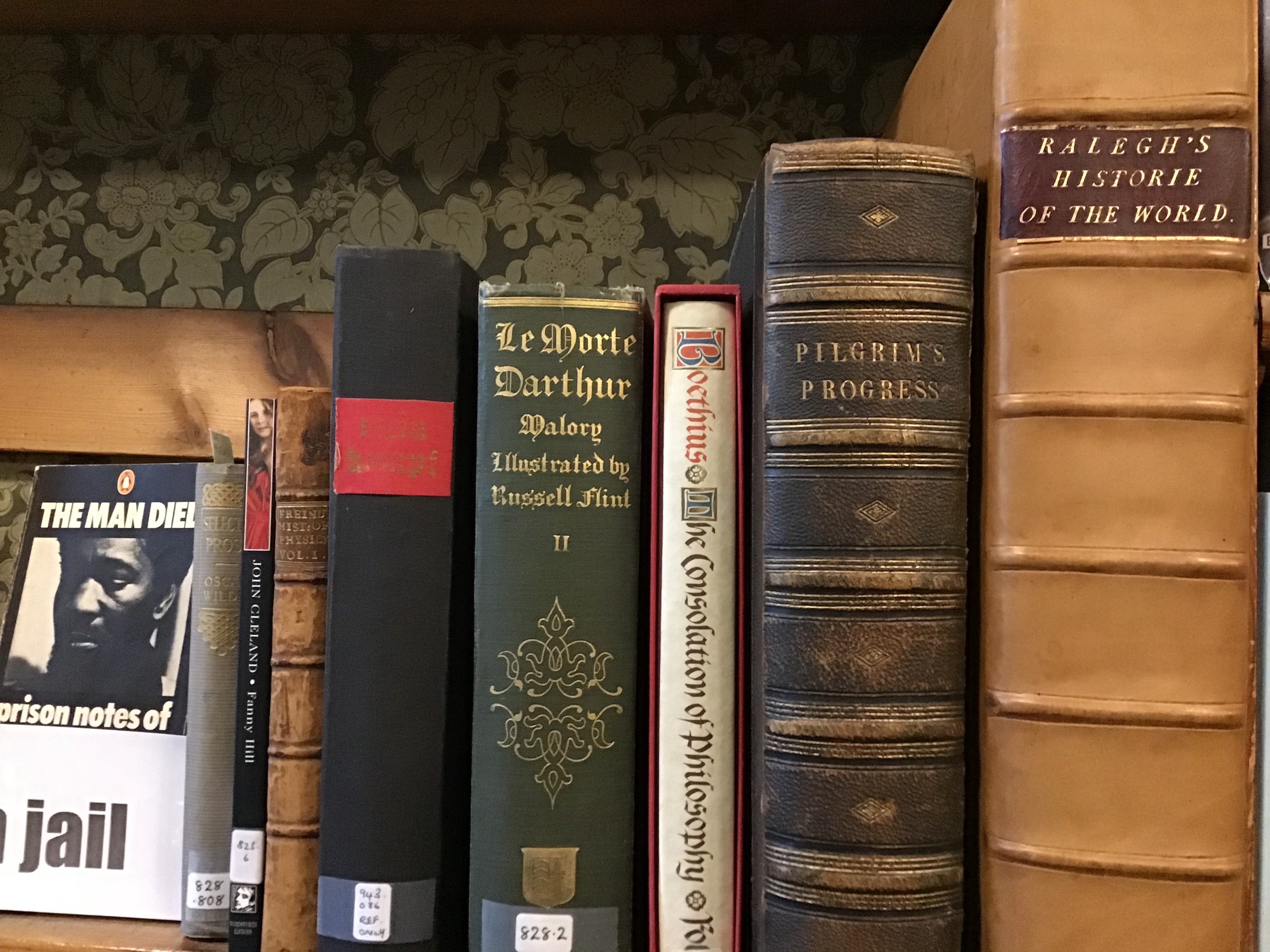 Sir Walter Raleigh “History of the World” According to ‘’1066 and All That” Raleigh was executed because he was left over from the previous reign. In fact he disapproved of the incoming monarch, James 1; the feeling was mutual and Raleigh spent thirteen years in the Tower, which gave him plenty of time to write. He was released to do a bit of piracy on behalf of the crown, but his trip to Venezuela was no more forthcoming that it might be today, so in 1618 he was decapitated.
Sir Walter Raleigh “History of the World” According to ‘’1066 and All That” Raleigh was executed because he was left over from the previous reign. In fact he disapproved of the incoming monarch, James 1; the feeling was mutual and Raleigh spent thirteen years in the Tower, which gave him plenty of time to write. He was released to do a bit of piracy on behalf of the crown, but his trip to Venezuela was no more forthcoming that it might be today, so in 1618 he was decapitated.
Sir John Friend “History of Physick” Friend was a distinguished and scientifically reputable London physician. He made the mistake of going into Parliament (as MP for Launceston). He was suspected of having Jacobite tendencies and spent six months in prison, where he started the first of a scholarly two volume history of medicine. The second volume came out after his release in 1726 and is surprisingly difficult to find.
John Cleland 1709-1789 “Fanny Hill – Memoirs of a Woman of Pleasure” Cleland, like Friend a Wickhamist (but, unlike Friend, expelled) led a varied and undistinguished career until he ended up in the Fleet debtors’ prison. Here he wrote Fanny Hill, a novel of such explicit pornography that even in the eighteenth century it was immediately suppressed. He was hauled up before the Privy Council where Lord Glanville found in it some literary merit and awarded him a pension of £100. It remained suppressed, but widely circulated, until 1970. In these more enlightened times it has been reissued with illustrations, as a Wordsworth Classic; no respectable library should hold a copy.
John Bunyan 1628-1688 The Pilgrim’s Progress Bunyan was the son of a tinker, but attended a grammar school at least for long enough to learn to read and write. A devout Anglican, he made a deep study of the Bible, absorbing on the way the rhythms and cadences of the King James’ version. He was on the Parliamentary side in the civil war, where he was exposed to the passionately held and widely differing ideas of how to live the Christian life. He gradually espoused Calvinist doctrine and became a Baptist preacher. It was his refusal to conduct services in the prescribed format that led to a decade long imprisonment and to Paradise Lost. Packed with incident and mildly satirical it needs no praise from me. 
“The Man Died. The Prison Notes of Wole Soyinka.” Set at the time of the hideous Nigeria/Biafra/Oil war , this is one of the hardest hitting accounts of life under a despotic regime that one can read. Soyinka was a poet, author and playwright who became Africa’s first Nobel Laureate.
Adolf Hitler “Mein Kampf” In the mid twentieth century everyone knew about Mein Kampf but very few had read it. It is an extremely boring account of the rise of the Nazi party, written whilst Hitler was in jail for his political activities after the first world war. It degenerates into a long and frenzied diatribe against the Jews. This edition was produced in parts by the Red Cross in order to remind us what we were fighting against. The illustrations are enlightening.
Sir Thomas Malory (1416-1470) “Le Morte d’Artur” He was not a good boy. By the time he was 35 he had committed attempted murder, rape (twice) and had sacked an abbey. This earned him his first jail sentence; after his release he committed the even greater crime of switching from Yorkist to Lancastrian. This earned him two more years in jail, during which time he completed the work. It was published by Caxton, but he may never have seen a copy as he died five months after release. 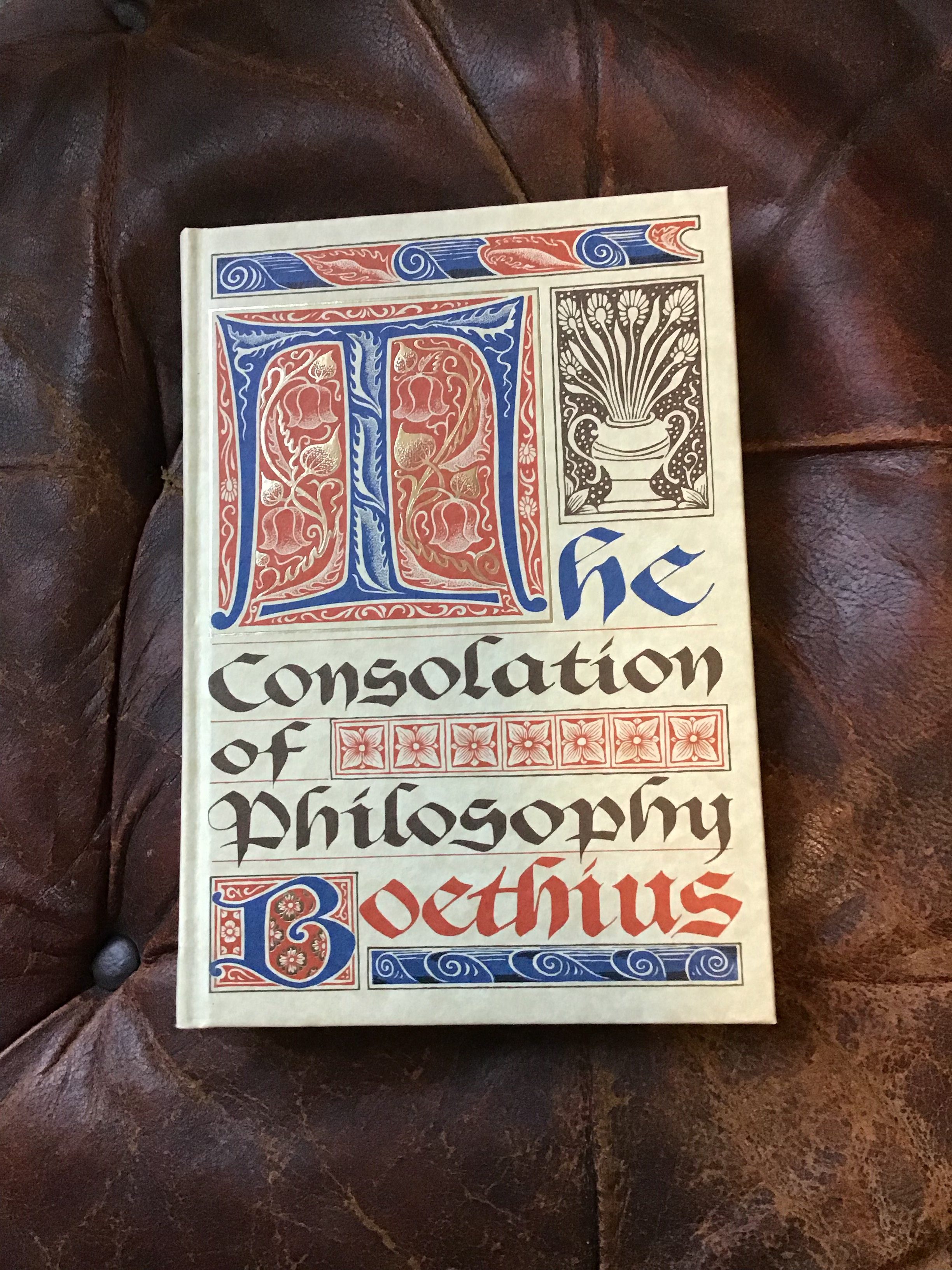
Boethius “Consolations of Philosophy” Boethius was a senior civil servant under the Ostragothic King Theodoric. He attempted to bring together the Eastern and Western Christian churches. This was a mistake and he was accused of treason and spent a year consoling himself with philosophy before trial and, in 532 AD, execution. Some say he was framed, others do not; some say he was hanged, others that his head was compressed until the eyes popped out.
Oscar Wilde “De Profundis” This is in the form of a letter from jail to his lover, Lord Alfred Douglas. He possibly wanted to send it page by page, but this was forbidden, so, on his release he passed the whole 50000 words to Robert Ross, for onward transmission. It was Ross who gave the letter its title and who published a heavily redacted edition.
“Prison Noir” edited by Joyce Oates This is the noirest of noir. An anthology of short stories, it contains rapists, drug dealers, multiple murderers and mere single ones – and that is just the authors. It is hardly surprising that the stories were selected from a submission of many hundreds; the USA, with 5{68e87bb9641c9f43af8c28c29e83868a48fcd62dffda0820d3a7be1c382fd810} of the world’s population, holds 25{68e87bb9641c9f43af8c28c29e83868a48fcd62dffda0820d3a7be1c382fd810} of all its prisoners. Have a stiff drink before you start the book, and an even stiffer one afterwards.
Martin Crosfill Honorary Librarian
by admin | Feb 12, 2018 | 200 year, Events, Exhibition
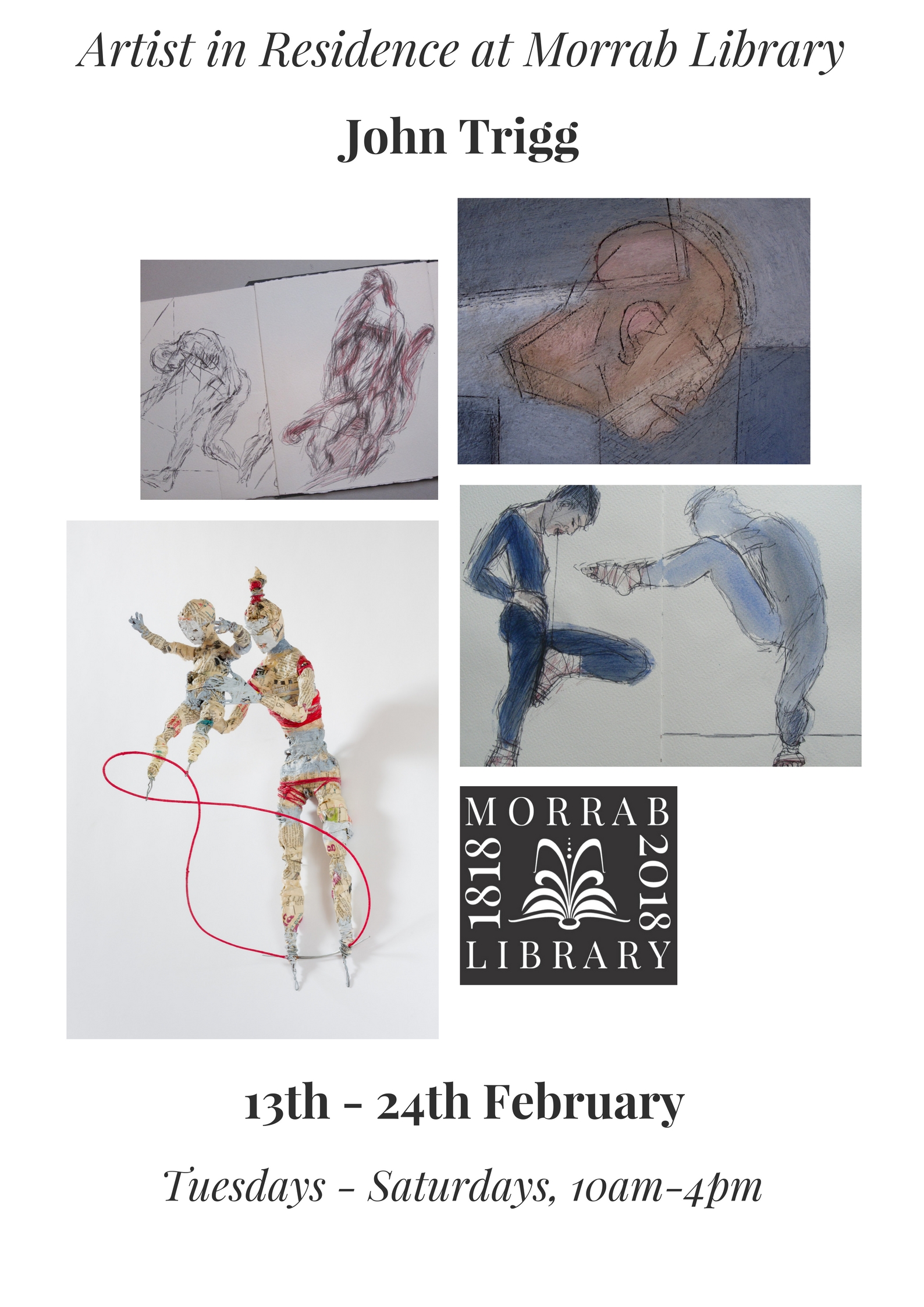
We’re hugely looking forward to having John Trigg here over the next two weeks. Do let us know if you’re interested in joining the workshops.
John has lived and worked in Penzance for 25 years and has exhibited widely throughout the UK and Europe. During the residency he will be working in the library, 10am – 4pm, and will be available to talk whilst he works. There will also be a display of John’s drawing books, paintings & sculptures.
WORKSHOPS: Start your own drawing book with John Trigg, including three seminars:
Tuesday 13th February, 11am – 12pm Introductory talk: Books as reference, drawings, notes, beginnings & ideas, drawing instruments. Followed by Q&A.
Friday 16th February, 11am – 12pm Seminar: Ideas on subject, outside connections, everyday life, research & progress. Followed by Q&A.
Thursday 22nd February, 11am – 12pm Seminar: Methods, themes, sequences. What is subject? Re-making experience – what is memory? Perception, observation, imagination.
*£6 members / £8 non-members (for all three sessions, including materials)
Saturday 24th February, 7pm Celebrating the end of John’s residency with drinks & a review of work created. All welcome.
https://www.johntriggartist.com/home






